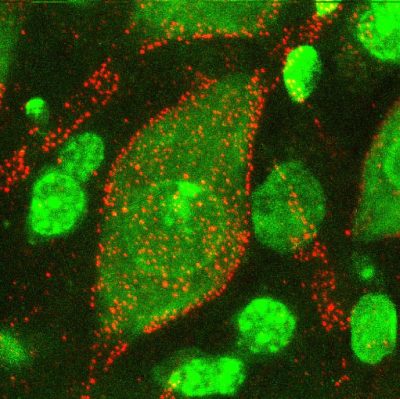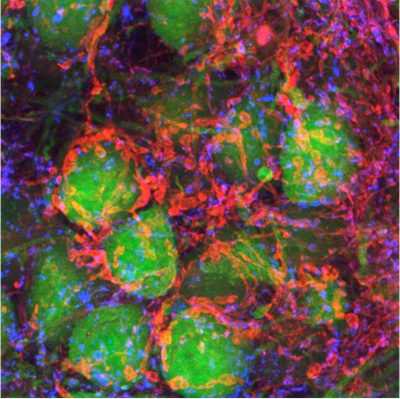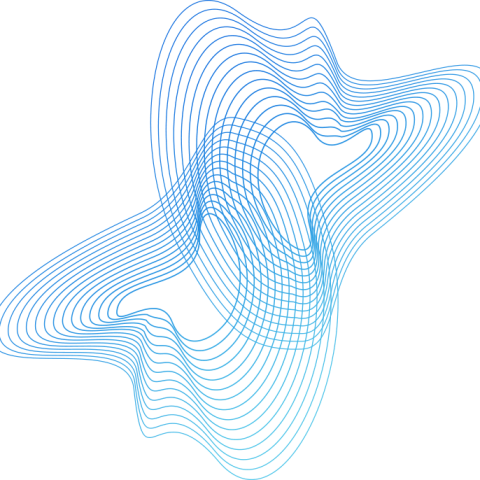
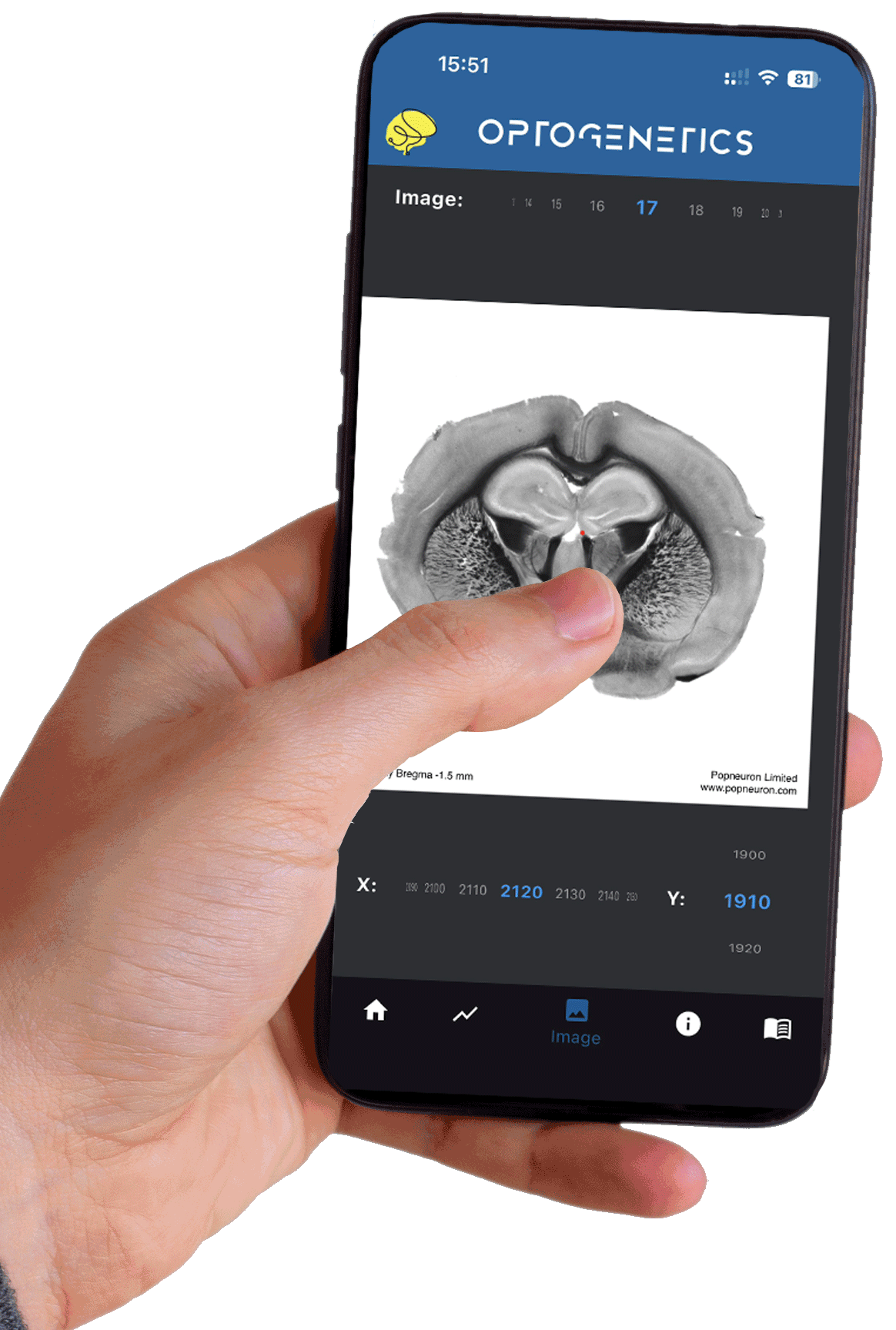

Tools for Brains
Optogenetics & Optogenetics Pro
Optogenetics and Optogenetics Pro are tools which aid an investigator in calculating the required optical power for a given in-vivo experiment involving optogenetics or any other experimental approach that includes light delivery to deep brain areas via optical fibers. Different brain areas have different optical properties, which determine how light scatters and distributes once it exits the optical fiber. To estimate the amount of light required for a given experimental design, knowledge about the specific scattering properties of the brain region of choice, the specific opsin to be used, and the properties of the optical fiber are required. Once a user inputs these parameters into the APP, it calculates the maximal depth at which excitation of the opsin can be expected. The penetration depth is plotted as a function of optical power (mW), such that a user can see how light scatters in the brain tissue under the specific circumstances.
- Precise Light Power Calculation:
- Customized to Brain Region and Opsin
- Visual Representation of Light Penetration
- Free Download from Apple and Google Stores
What is the difference between “Optogenetics” and
Optogenetics Pro”? In the current version, the two APPs are identical. The two different versions were initially developed in 2013 when storage space on smartphones was much more limited. At that time the “regular” version included fewer brain atlas plates (these have a super high resolution) to conserve storage for users who did not need the full atlas. However, with current phone models this distinction has become irrelevant such that the “regular” and the “Pro” version are exactly the same. We still support both in the Apple APP store to avoid broken links for our many users who have one or the other version installed. The Google Play Store only carries “Optogenetics”.
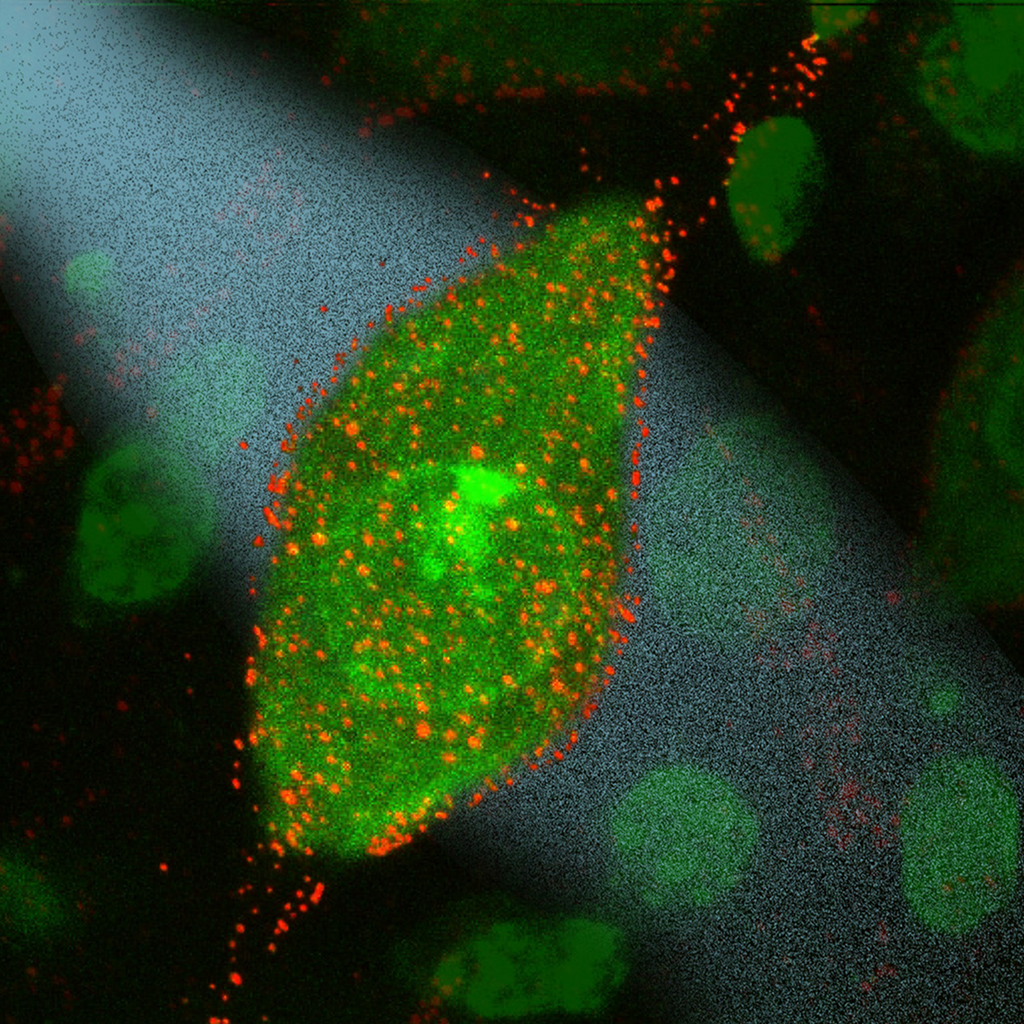
Precise Light Power Calculation:
Provides accurate estimations of the required optical power for effective opsin activation, ensuring optimal light delivery for in-vivo optogenetic experiments.

Customized to Brain Region and Opsin:
Tailors calculations to the specific optical properties of targeted brain areas and the chosen opsin, offering highly personalized and effective experimental setups.
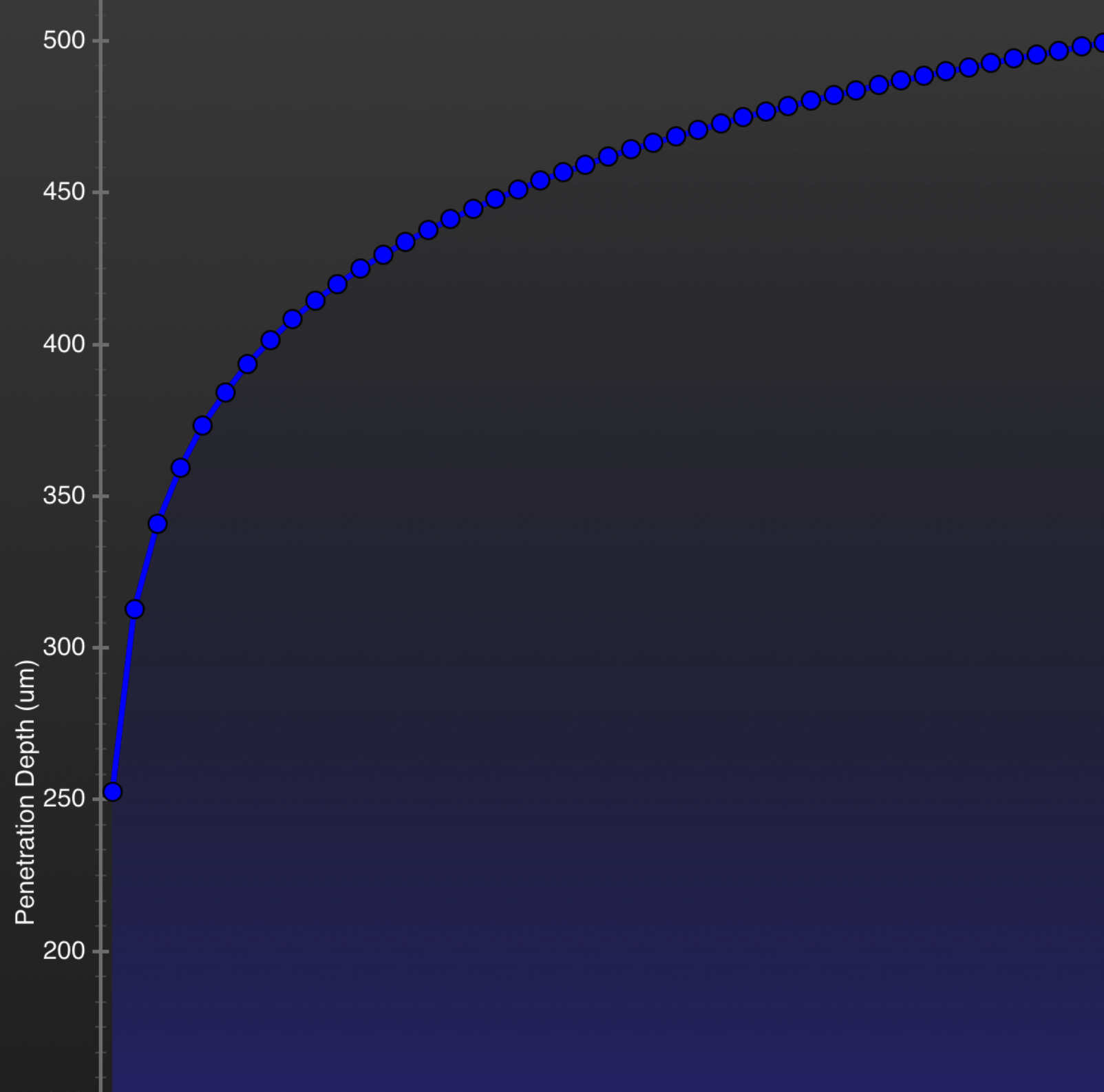
Visual Representation of Light Penetration:
Graphically displays how light scatters and penetrates within brain tissue, aiding in understanding and planning for the depth and intensity of light exposure.
Optogenetics APP
Optogenetics Pro APP (Apple only)
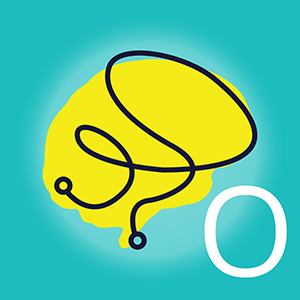

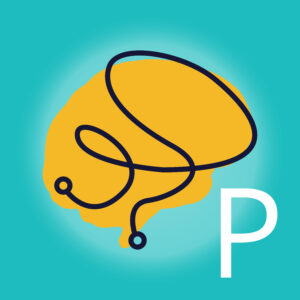
How Can These APPs Help Your Research?
Optogenetics is a technology allowing users to control neural activity with light. Neurons, are naturally not light-sensitive. But we can make them light sensitive by introducing foreign light-sensitive proteins i into the brain tissue through viral vectors or genetic manipulations. These proteins respond to specific light wavelengths, such as blue, orange, or red light. Once illuminated with sufficient light at the correct wavelength, the proteins create either a depolarizing current to excite neurons or a hyperpolarizing current to inhibit them. Depending on the protein and light used, optogenetic manipulations can either increase or decrease neuronal firing. In some cases, where two proteins and two different light colors are introduced, it’s possible to achieve both effects in the same cell.
Illuminating brain tissue with light is straightforward with ex-vivo tissue sections. For in-vivo manipulations, where the brain is enclosed by bone, skin, and hair, light can be delivered into the brain tissue through inserted optical fibers connected to a light source like a laser. But determining the required laser power and understanding how light spreads in the tissue post-exit from the glass fiber are challenges. These are further complicated by the brain tissue’s diverse light scattering properties. For example, light spreads differently in the cerebellum compared to the brain stem, leading to vastly different experimental lighting requirements.
To determine the correct light requirements for a specific experimental setup, one must understand the scattering properties of the chosen brain region, the specific opsin used, and the properties of the optical fiber. Users input these parameters into the Optogenetics or Optogenetics Pro APP, which then calculates the light scattering for the specific situation. The APP includes either a simplified brain atlas with common sections/images (Optogenetics) or a full adult mouse brain atlas (Optogenetics Pro), where users can locate and mark their targeted brain area.
Technical Details:
The accuracy of the APP’s calculations was initially verified through empirical measurements. Optical fibers were moved through live mouse brain tissue blocks, and light scattering was measured as a function of distance in various brain areas with differing scattering coefficients. An entire mouse brain was also imaged under blue light (470 nm) within a carefully calibrated gray scale. The results from these two methods were then compared and calibrated, ensuring the mathematical framework’s accuracy. While empirical measurements were taken from seven brain areas, light scattering coefficients for other areas were extrapolated based on these data points, fitting well within the established calibration curve. This indicates the mathematical framework behind the approach is accurate.
Learn More About Optogenetics with PopNeuron's Mini-Series:
Documentation and Software
By using PopNeuron software, you agree to our End-User License Agreement, available here.
DOWNLOAD USER MANUALS:
All data and all computations that are used in this APP are published in:
Al-Juboori, Dondzillo, Stubblefield, Felsen, Lei, and Klug: Light scattering properties vary across different regions of the adult mouse brain. PlosONE, 2013, vol 8 (7), p. e7626, published July 9, 2013. This publication is open access.
Optogenetics and Optogenetic Pro – Software Use Agreement
This Software Use Agreement (“Agreement”) is entered into by and between PopNeuron LLC, a company organized and existing under the laws of Colorado, with its principal place of business at 3000 Lawrence Street, Suite 50, Denver, CO 80205, and the user (“User”) of the software (“Software”) provided by PopNeuron LLC. This Agreement sets forth the terms and conditions governing the use of the Software.
1. Grant of License
1.1 PopNeuron LLC grants User a non-exclusive, non-transferable, revocable license to use the Software for personal or business purposes, subject to the terms and conditions of this Agreement.
1.2 User agrees that the Software is licensed, not sold, and that all ownership and intellectual property rights of the Software remain with PopNeuron LLC.
2. Restrictions
2.1 User shall not:
– Copy, modify, or distribute the Software beyond the scope of permitted use.
– Reverse engineer, decompile, or disassemble the Software, or attempt to derive its source code.
– Rent, lease, lend, or sublicense the Software.
– Use the Software for any illegal or unauthorized purpose.
– Remove or alter any copyright, trademark, or other proprietary notices contained in the Software.
3. Updates and Maintenance
3.1 PopNeuron LLC may, at its discretion, provide updates, bug fixes, or maintenance releases for the Software.
3.2 User agrees to install updates as they become available to ensure the continued compatibility and functionality of the Software.
4. Support
4.1 PopNeuron LLC may provide support services for the Software, as described in its support policy. Support services may be subject to separate terms and fees.
5. Privacy and Data Collection
5.1 User acknowledges that PopNeuron LLC may collect and process certain data and information related to the use and performance of the Software.
6. Warranty and Disclaimer
6.1 The Software is provided “as is,” without warranty of any kind, whether express or implied. PopNeuron LLC disclaims all warranties, including but not limited to fitness for a particular purpose, and non-infringement.
6.2 PopNeuron LLC does not warrant that the Software will be error-free or uninterrupted, or that any defects will be corrected. User assumes all risks associated with the use of the Software.
7. Limitation of Liability
7.1 PopNeuron LLC shall not be liable for any indirect, incidental, consequential, or special damages arising out of or in connection with the use or inability to use the Software, even if advised of the possibility of such damages.
7.2 PopNeuron LLC’s total liability under this Agreement shall be limited to the amount paid by User for the Software.
8. Termination
8.1 Either party may terminate this Agreement at any time for any reason by providing written notice to the other party.
8.2 Upon termination, User shall immediately cease all use of the Software and destroy all copies in their possession.
9. Governing Law and Jurisdiction
9.1 This Agreement shall be governed by and construed in accordance with the laws of Colorado. Any disputes arising out of or in connection with this Agreement shall be subject to the exclusive jurisdiction of the courts of Colorado.
10. Entire Agreement
10.1 This Agreement constitutes the entire understanding between PopNeuron LLC and User regarding the subject matter hereof, superseding all prior agreements, whether oral or written.
By installing or using the Software, User acknowledges that they have read, understood, and agree to be bound by the terms and conditions of this Agreement.
General Terms and Conditions
Please read these Terms and Conditions (“Terms”, “Terms and Conditions”) carefully before using the website and purchasing any products from PopNeuron LLC (“us”, “we”, or “our”).
- Agreement to Terms
By accessing or using our website and purchasing any products from us, you agree to be bound by these Terms. If you disagree with any part of the terms, then you may not access the website or initiate a purchase.
- Products
- Our products are intended for use in accordance with applicable regulations and guidelines. It is your responsibility to ensure that the products purchased are suitable for your intended use.
- We strive to accurately represent our products, including descriptions, images, and specifications, but we do not guarantee that such information is complete, current, or error-free.
- Orders and Payment
- By placing an order through our website, you warrant that you are legally capable of entering into binding contracts and that all information you provide is accurate and complete.
- Prices for our products are subject to change without notice. We reserve the right to modify or discontinue any product at any time without prior notice.
- Payment must be made in full at the time of purchase. We accept various forms of payment as indicated on our website.
- Shipping and Delivery
- We aim to ship orders promptly; however, delivery times may vary depending on factors beyond our control. We are not liable for any delays in delivery.
- Risk of loss and title for products purchased from us pass to you upon delivery of the items to the carrier.
- Returns and Refunds
- Please refer to our Warranty and Return Policy [link] for information on returns and refunds.
- Warranty
- Our products may be subject to warranties provided by the manufacturer. Please refer to the specific product documentation for warranty details, as well as our Warranty and Return Policy [link].
- Limitation of Liability
- In no event shall PopNeuron LLC, nor its directors, employees, partners, agents, suppliers, or affiliates, be liable for any indirect, incidental, special, consequential, or punitive damages, including without limitation, loss of profits, data, use, goodwill, or other intangible losses, resulting from (i) your access to or use of or inability to access or use the website; (ii) any conduct or content of any third party on the website; (iii) any content obtained from the website; and (iv) unauthorized access, use, or alteration of your transmissions or content, whether based on warranty, contract, tort (including negligence), or any other legal theory, whether or not we have been informed of the possibility of such damage, and even if a remedy set forth herein is found to have failed of its essential purpose.
- Governing Law
- These Terms shall be governed and construed in accordance with the laws of Colorado, without regard to its conflict of law provisions.
- Changes to Terms
- We reserve the right, at our sole discretion, to modify or replace these Terms at any time. If a revision is material, we will try to provide at least 30 days’ notice prior to any new terms taking effect. What constitutes a material change will be determined at our sole discretion.
- Contact Us
- If you have any questions about these Terms, please contact us at frontdesk@popneuron.com.
By using our website and purchasing our products, you acknowledge that you have read, understood, and agree to be bound by these Terms and Conditions.
Niche Tools for Niche Science
Even More Tools for Brains!
Check out the latest "Tools for Brains" and additional accessories in the PopNeuron Store
"Tools Specifically Tailored for Neuroscience"




